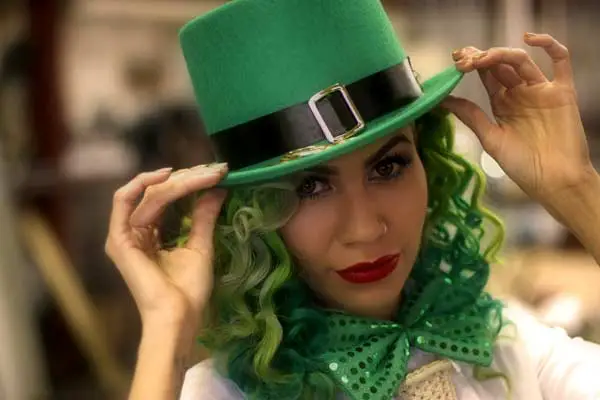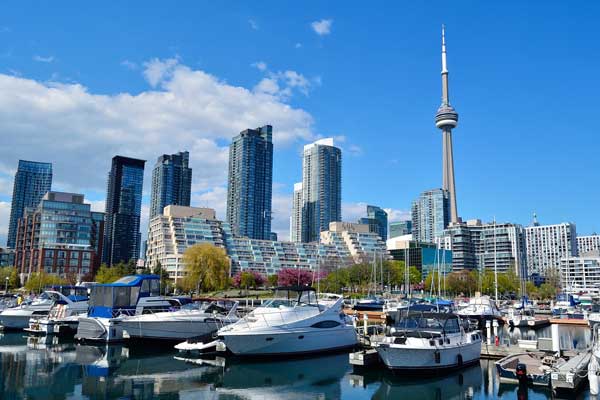Why Does Canada Celebrate St Patrick’s Day
St. Patrick’s Day is celebrated on March 17 in Canada and other parts of the world, including the United States and Ireland. Multitudes of people gather each year wearing green. St. Patrick’s Day was first celebrated on March 17, 1962, in New York City.
The parade was led by Irish soldiers who were serving in the British army as a way to reconnect with their roots.
Why does Canada celebrate St. Patrick’s Day?
Canadians celebrate St. Patrick’s Day to mark the anniversary of the death and feast day of Patrick, a Christian missionary. These celebrations were introduced to Canada by Irish immigrants. Canada is a multicultural society with different religions. Therefore, St. Patrick’s Day in Canada is more of a symbol of Irish identity than a religious festival. Canadians from varied backgrounds and religions celebrate St. Patrick’s Day like Christmas.
Background
St. Patrick was born in 387 AD as Maewyn Succat, possibly somewhere between the present-day border of England and Scotland. When he was 16, St. Patrick was captured and brought to Ireland as an enslaved person. During his captivity, he found solace in prayer and embraced religion, and fled back home after six years.
After escaping, he adopted the name Patricius as he believed it was his vocation to convert Irish pagans to Christianity. He decided to go back home after receiving a divine message from God through a dream. The message commanded him to return to Ireland and help his people find Christianity.
During this time, most Irish were pagans as they had not accepted Christianity. St. Patrick is amongst the first people to introduce Christianity in Ireland.
Initially, St. Patrick’s teachings were ignored, and he was unwelcome. However, he slowly started to gain followers and openly preach to the Irish public. The Irish began converting to Christianity, and eventually, Christianity became the main religion in Ireland.
St. Patrick’s Legacy
A few centuries after the death of St. Patrick, he became a legend. He was recognized as having brought Christianity to Ireland and the person who got rid of snakes in Ireland. The Irish also recognize him for helping the poor and feeding the hungry.
St. Patrick’s Day Canadian Traditions
Nowadays, St. Patrick’s Day varies from the original religious festival held in Ireland. The first parade in Canada was held in Montreal in 1824 and has since transformed into a celebration of Irish identity. St. Patrick’s Day Parades are among the most common traditions in Canada and other parts of the world to mark this day.
Almost every Canadian city holds St. Patrick’s Day parades, with the biggest of them all being in Montreal, where it first started.
Most people are not aware that most native French speakers living in the province of Quebec and Montreal have Irish roots. This is evident in the splendid celebrations witnessed in Montreal every March 17.
Why Green Dominates on St. Patrick’s Day
There are several reasons why the color green dominates St. Patrick’s Day celebrations. The first reason is The Emerald Isle, Ireland’s nickname. The Irish flag has a green stripe, which also plays a role.
Customarily, green represents Irish Catholics, the protestant population is represented by orange, and the white is a sign of peace and co-existence between the two religions.
Green is also significant as St. Patrick is said to have utilized green shamrocks in his teachings about the Holy Trinity. Another reason is the leprechauns. Earlier on, they wore gold and red jackets with pointed red hats.
However, they now wear green, and according to legend, they will pinch you if you are not wearing green during the celebrations. You don’t have to be all green; even a green pair of socks will do.
Why is Blue no Longer worn on St. Patrick’s Day?
Early illustrations of St. Patrick show him in blue. Also, the Order of St. Patrick’s official color was a sky blue referred to as “St. Patrick Blue.” The color blue can be traced to early Irish mythology, where the symbol of Irish sovereignty, Flaitheas Eireann, was presented as a woman wearing a blue dress.
However, the blue color’s first official association with St. Patrick was when Henry VIII assumed the throne. He made Ireland part of England and declared himself as the king.
The Irish were unhappy with the arrangement leading to a rebellion as time passed. The Irish used St. Patrick’s shamrock to symbolize their identity and made green the symbol of Irish culture.
Can You Wear Orange on St. Patrick’s Day?
Whereas St. Patrick’s Day is mainly a Roman Catholic holiday, Ireland and Canada have people practicing other religions. Irish and Canadian Catholic tradition is related to color. However, Irish protestant tradition is depicted by the color orange.
This originates from William of Orange, a protestant king credited with overthrowing King James II, a Roman Catholic. Although Orange was a place, Protestants used orange to demonstrate their loyalty.
Therefore, even though St. Patrick’s Day celebrates Irish solidarity and culture, there is a historical divide, though small.
The Irish flag contains both orange and green, demonstrating the peaceful co-existence between Roman Catholics and Protestants. But, you should probably not wear orange on St. Patrick’s Day as it signifies loyalty to the English.
St. Patrick’s Day in Montreal
The biggest St. Patrick’s Day parades are held in Montreal. These parades take three hours, where thousands congregate on the streets to witness the spectacle. Marching bands, live performers, and people in costumes join the parade at the event. The costume’s highlight is the holiday mascot, a leprechaun.
Other common traditions include wearing green, eating Irish food, and attending Irish music concerts. But, it is essential to be respectful of the Irish culture and people. Some people exaggerate on St. Patrick’s Day by promoting hurtful stereotypes depicting the Irish culture.
An example is drinking too much beer, disguising it as part of Irish culture. These are misguided stereotypes about the Irish, which only hurt instead of promoting the Irish identity.








